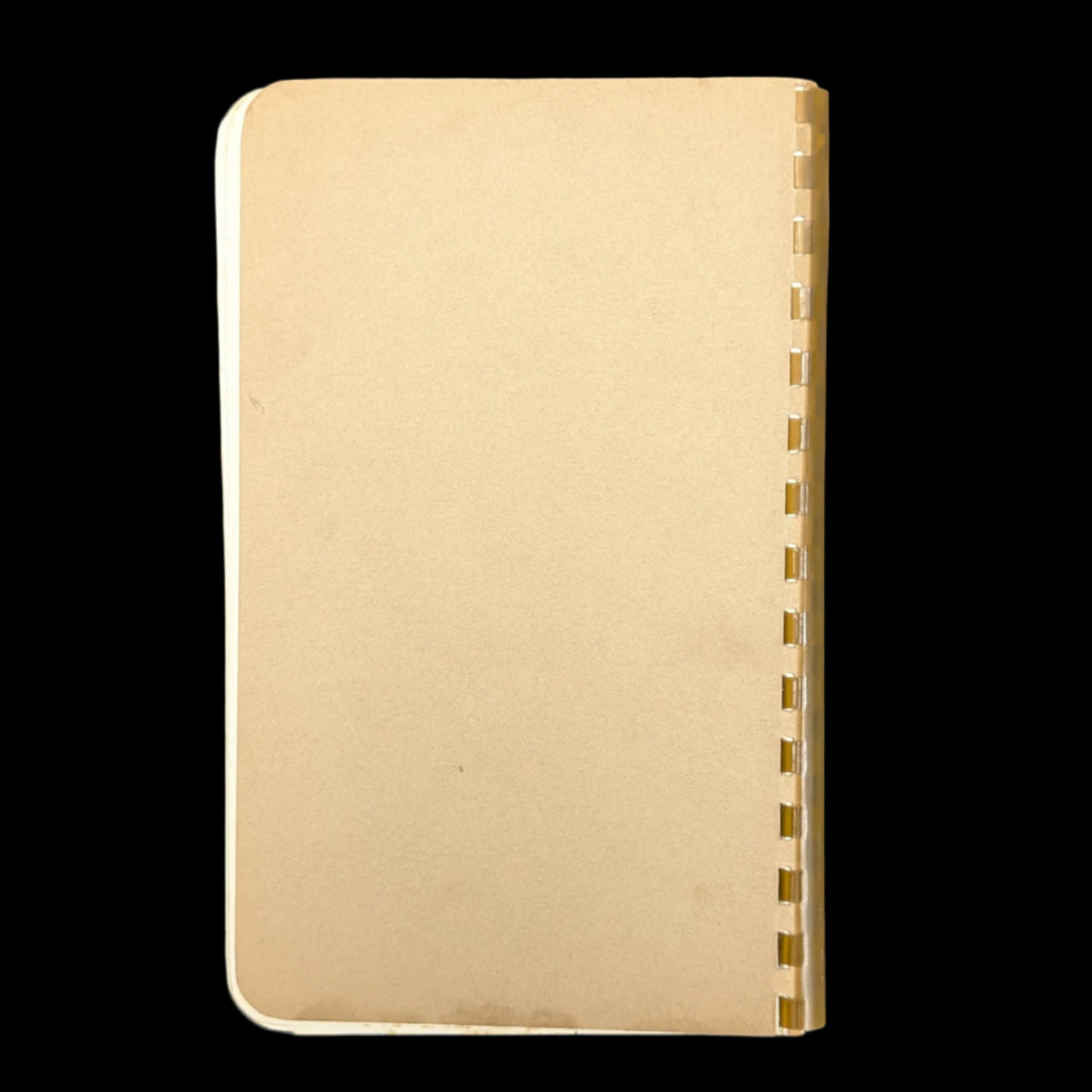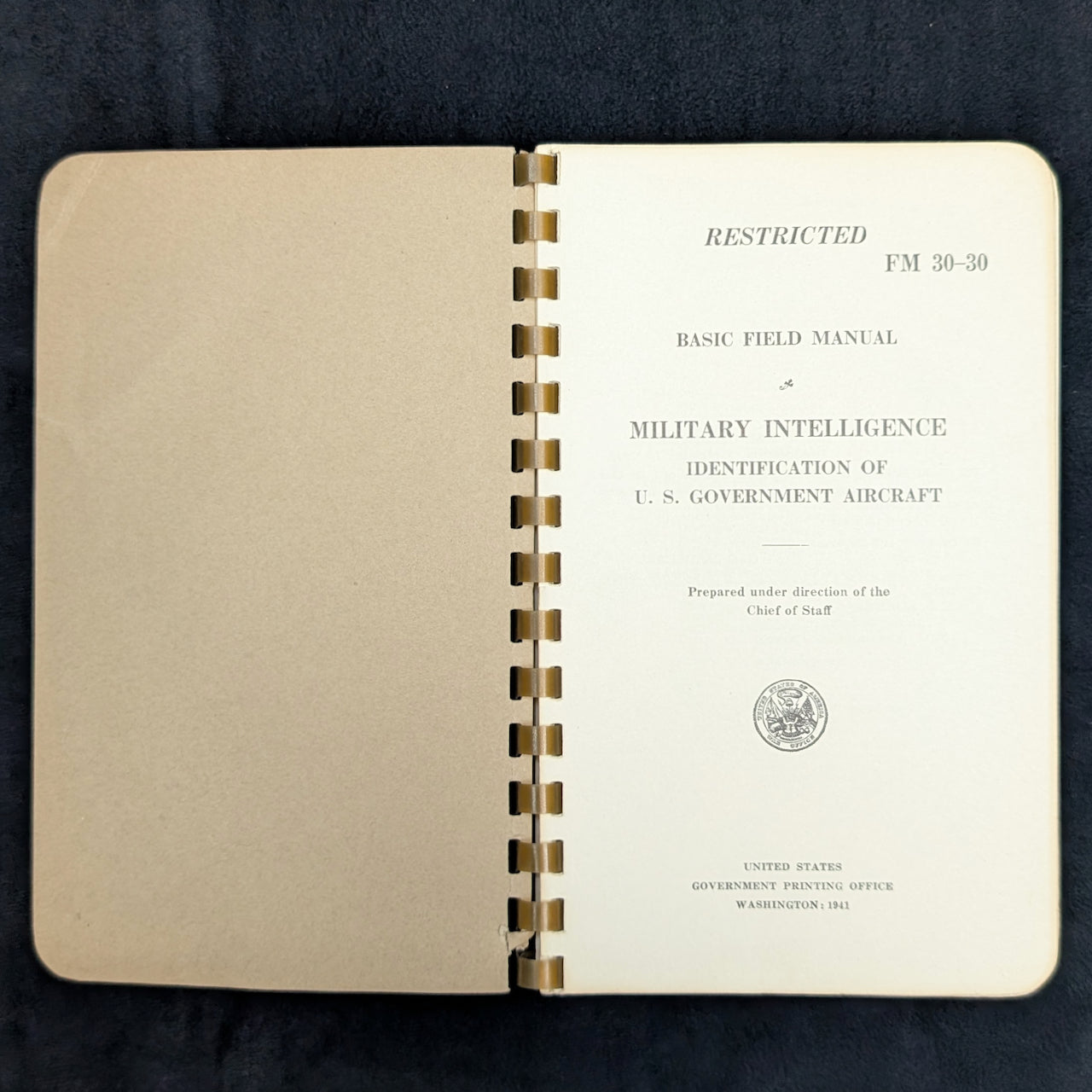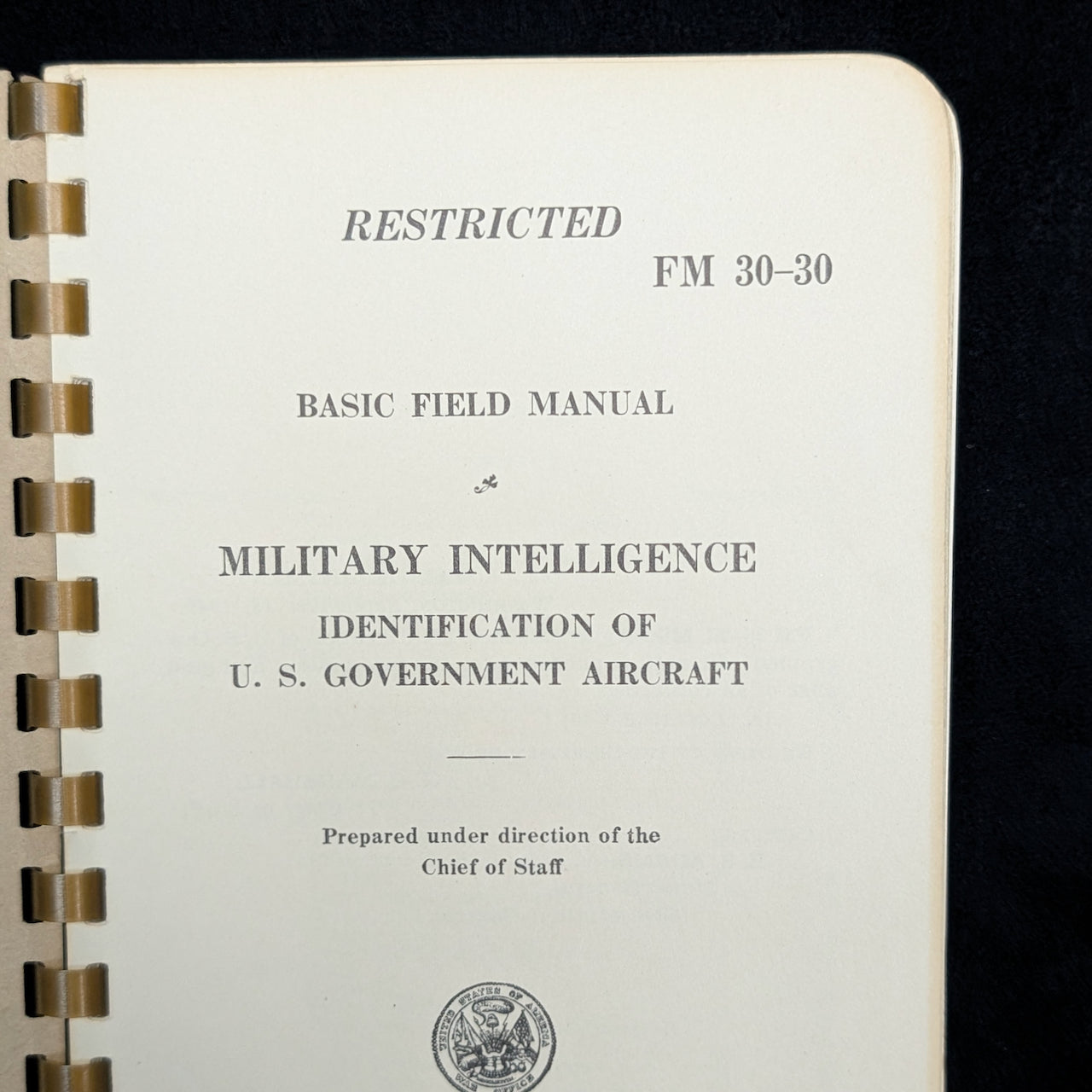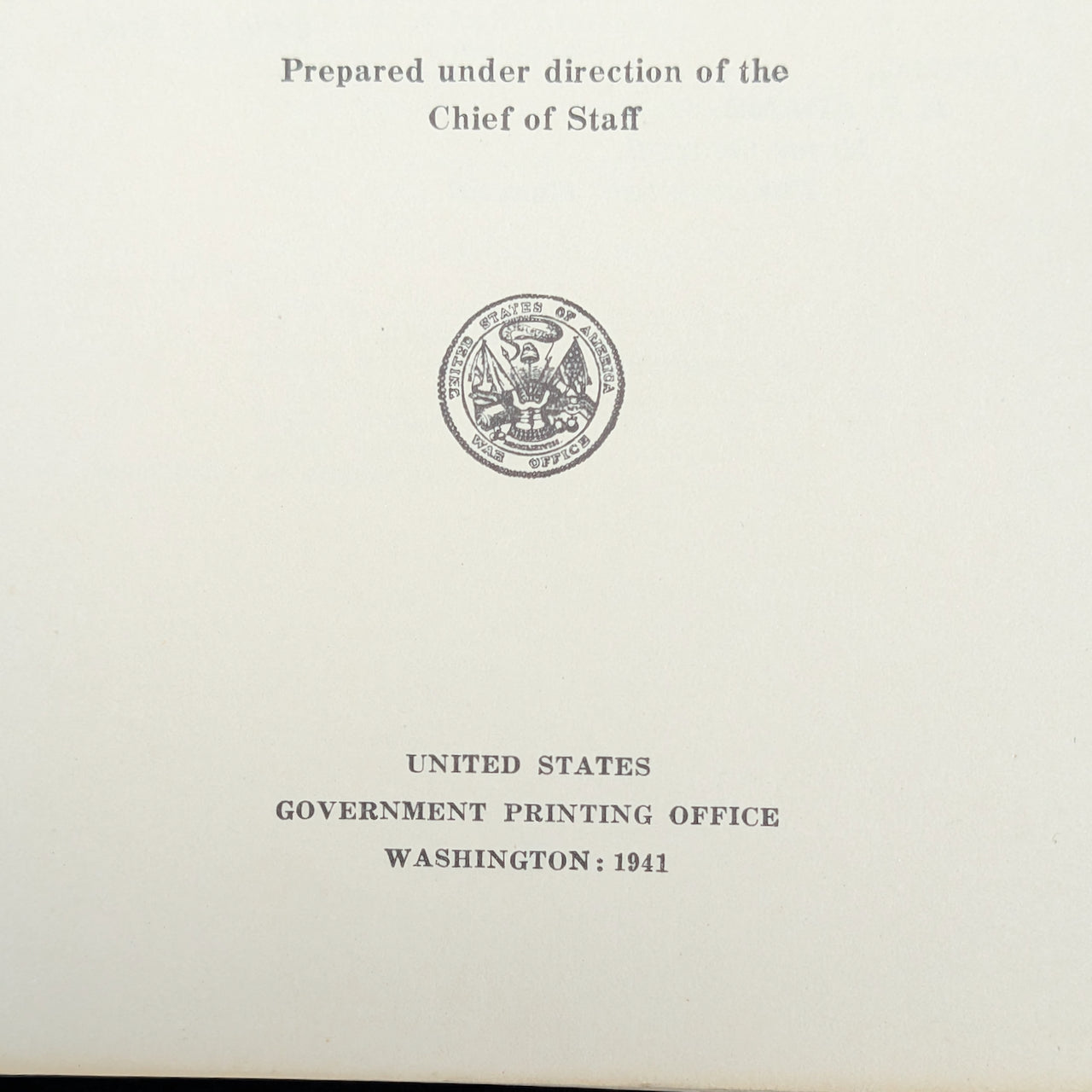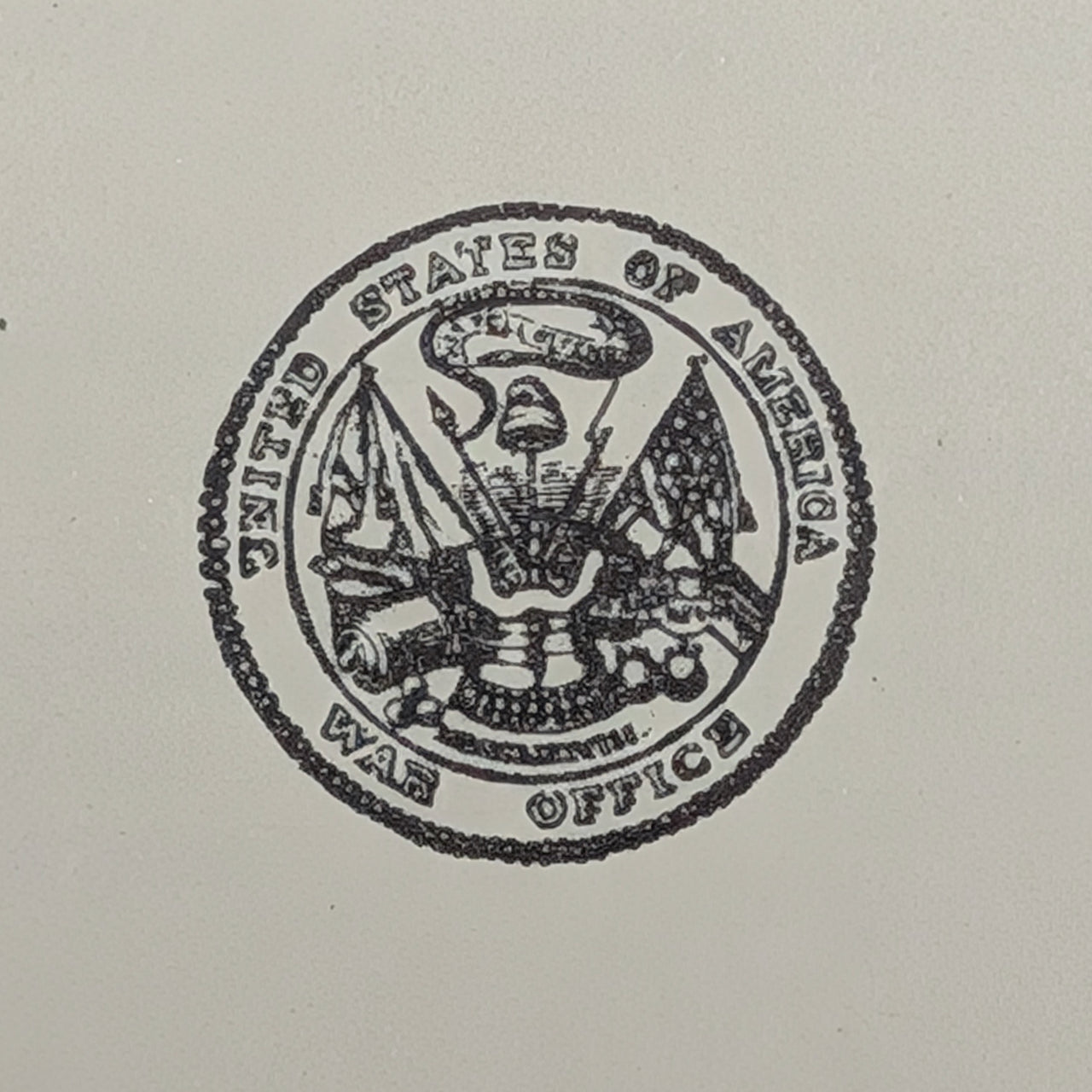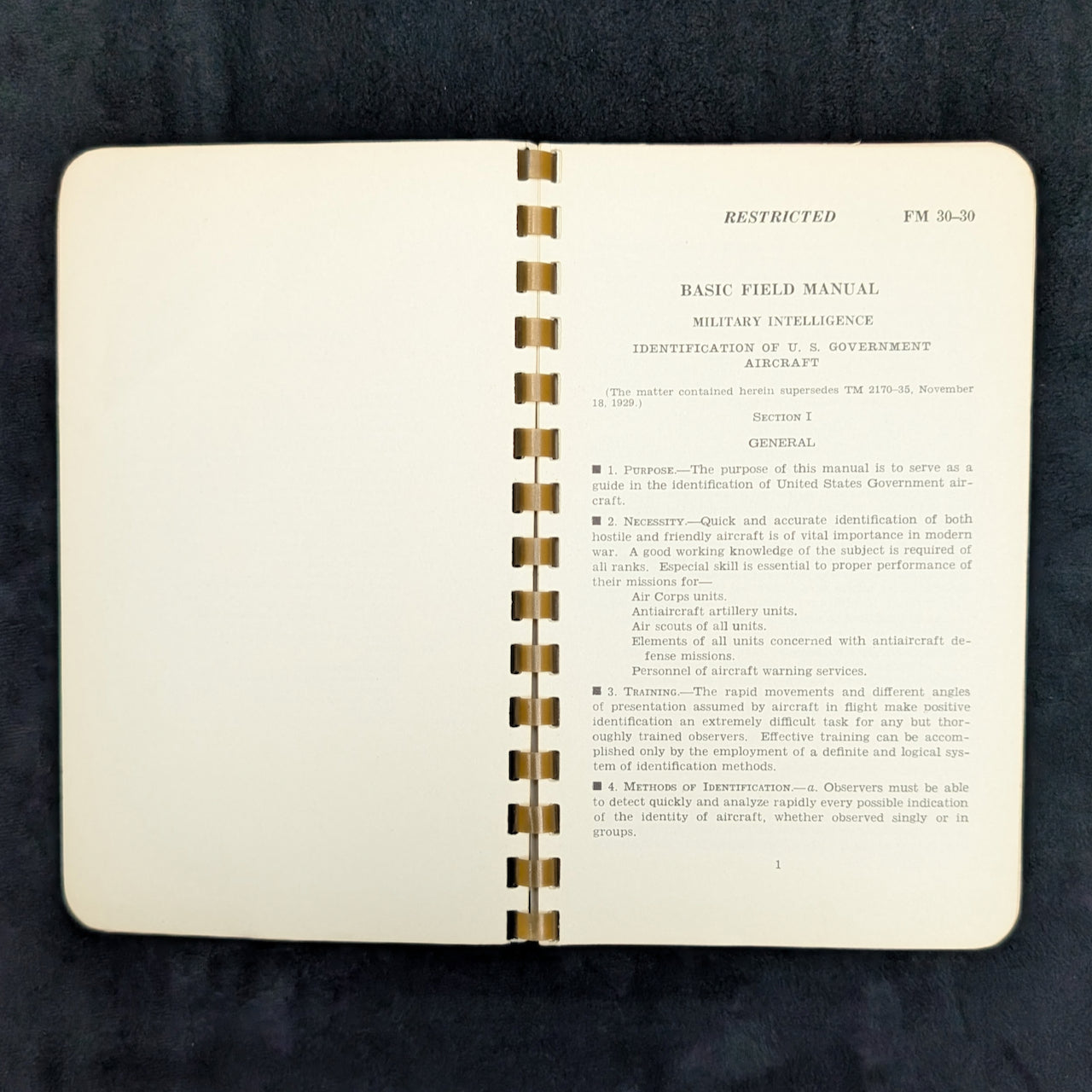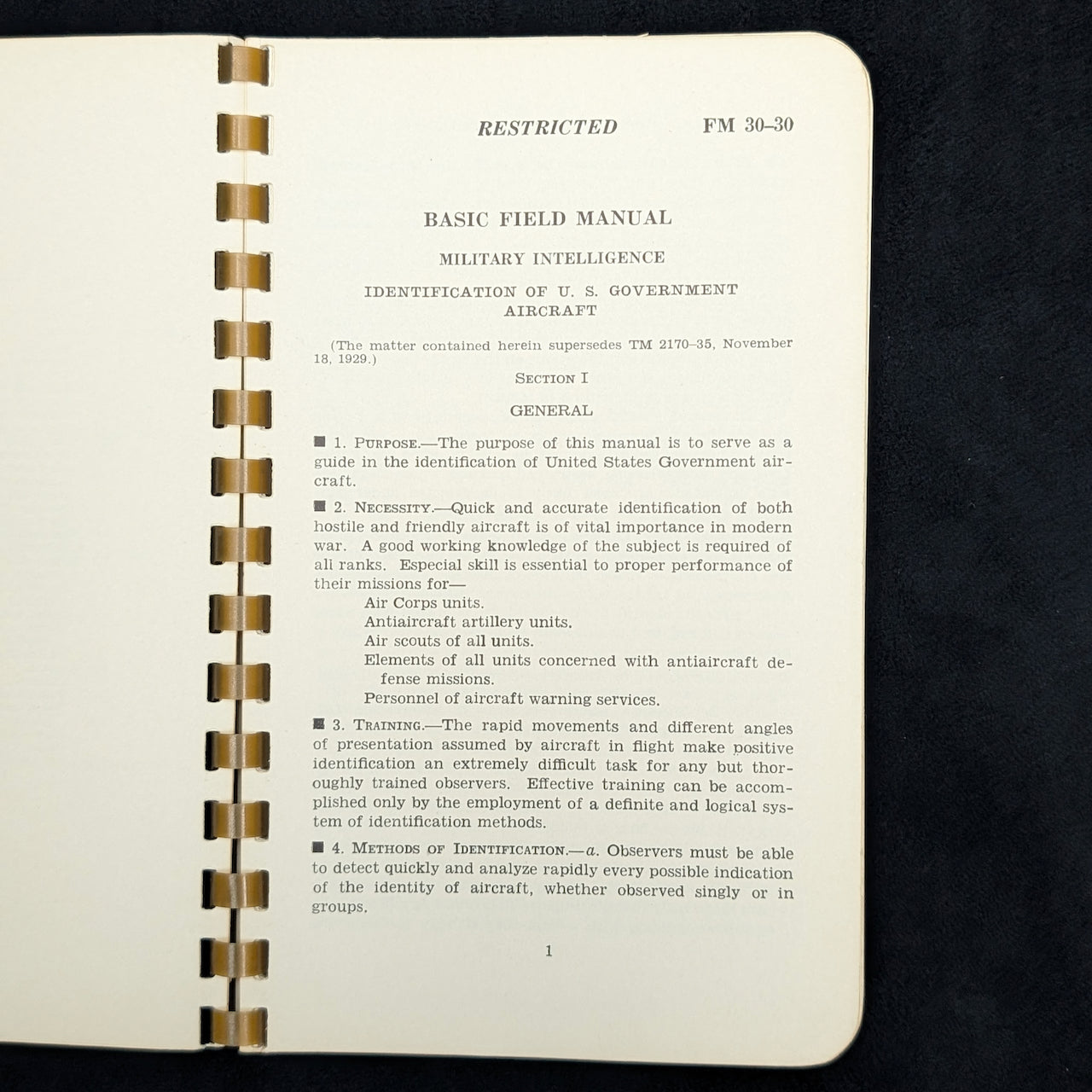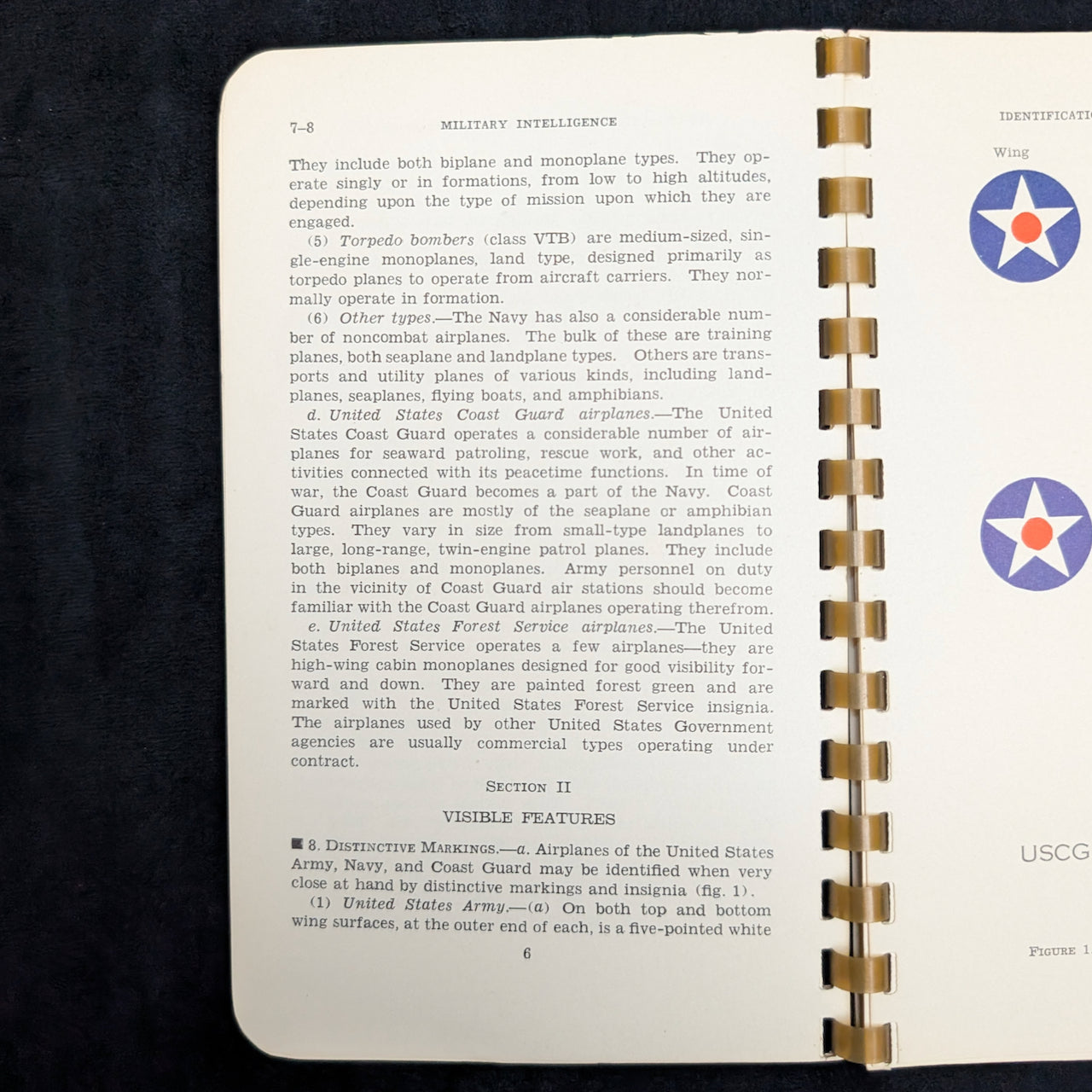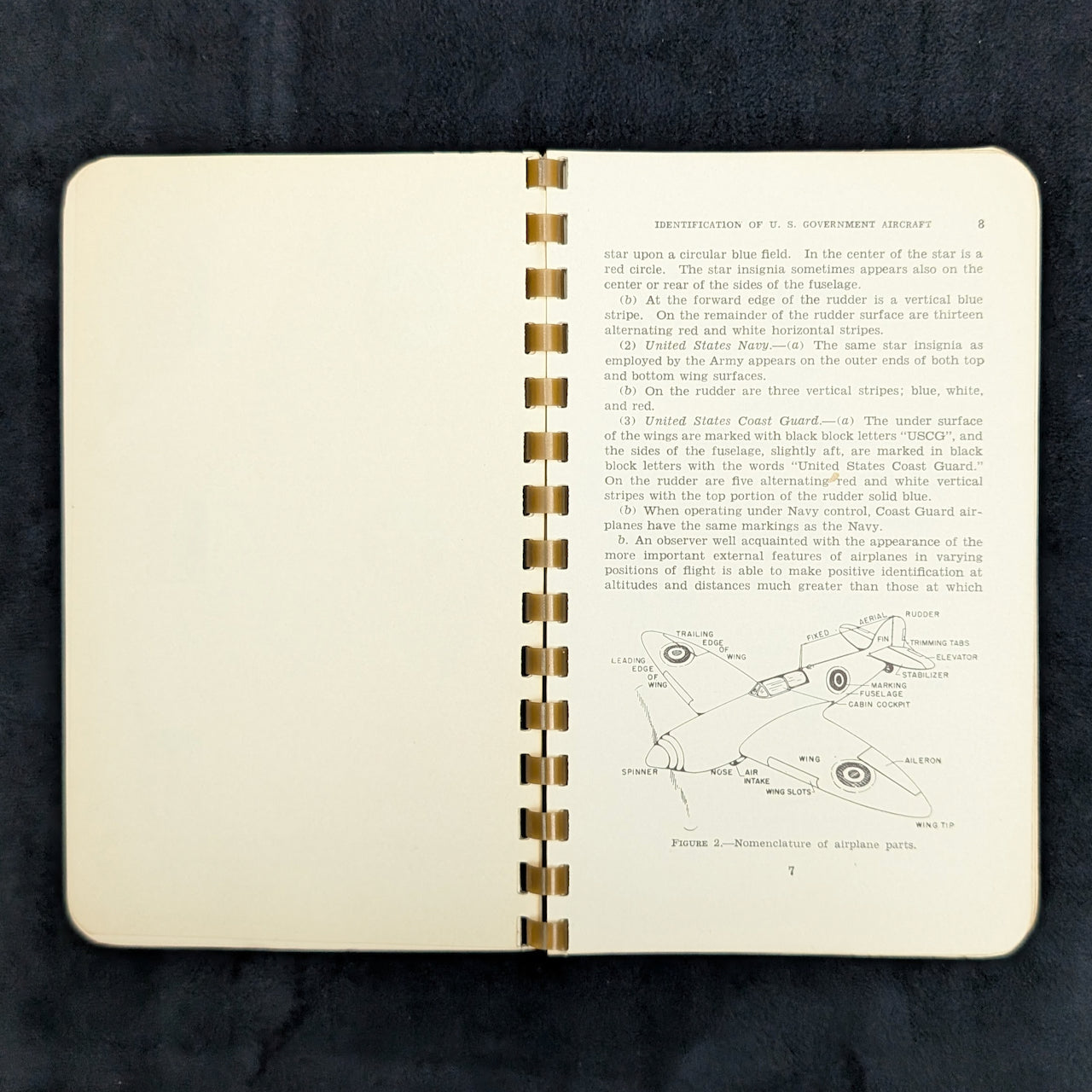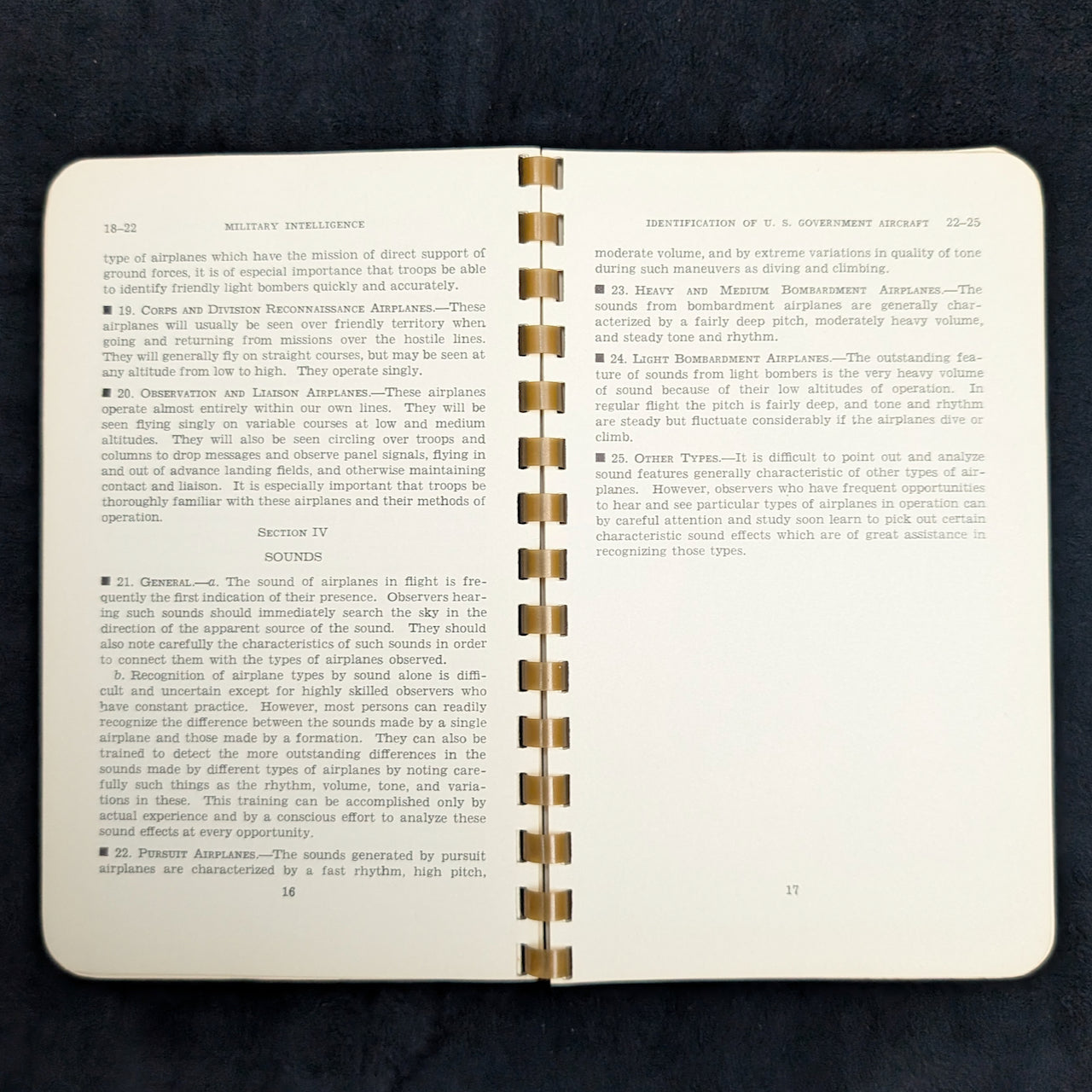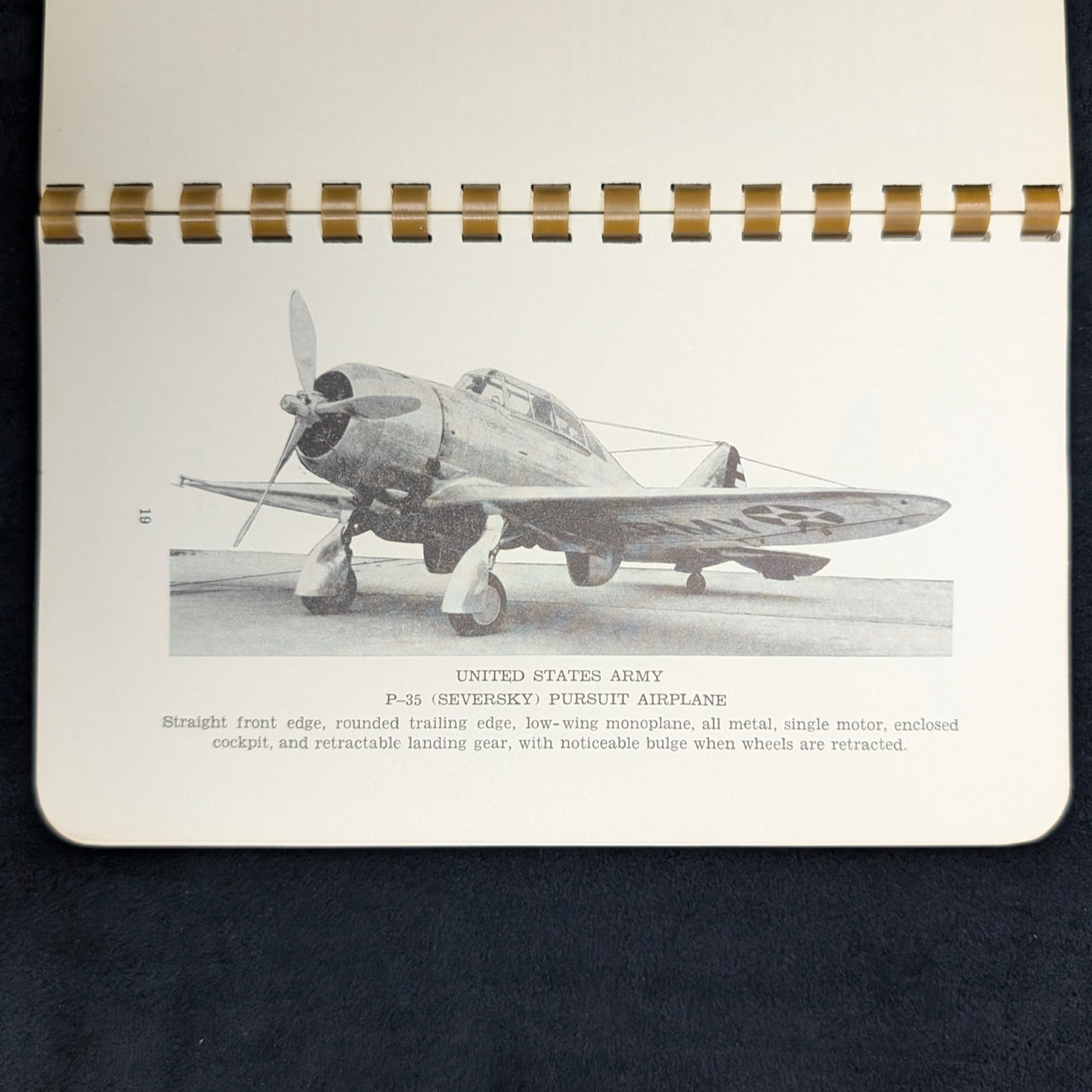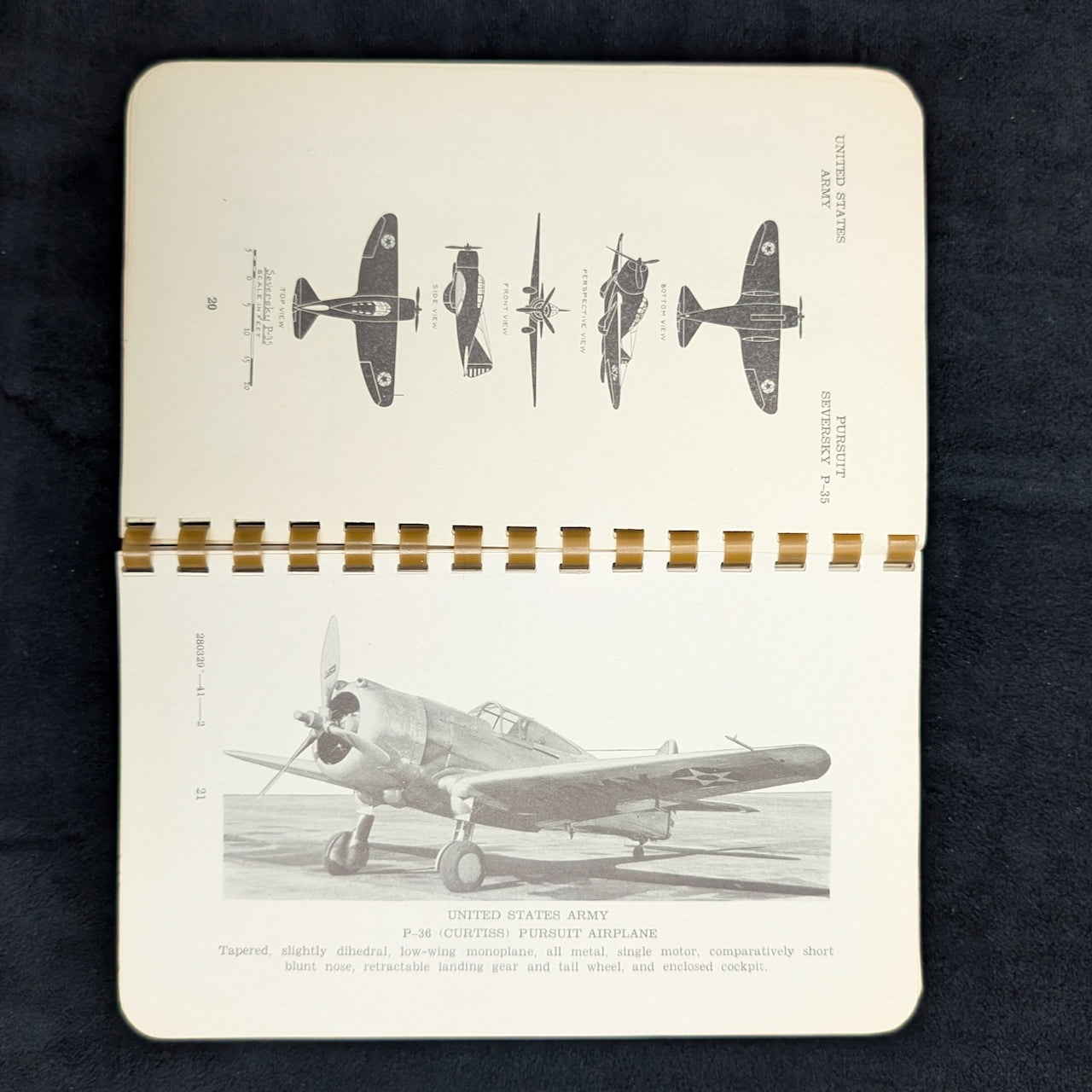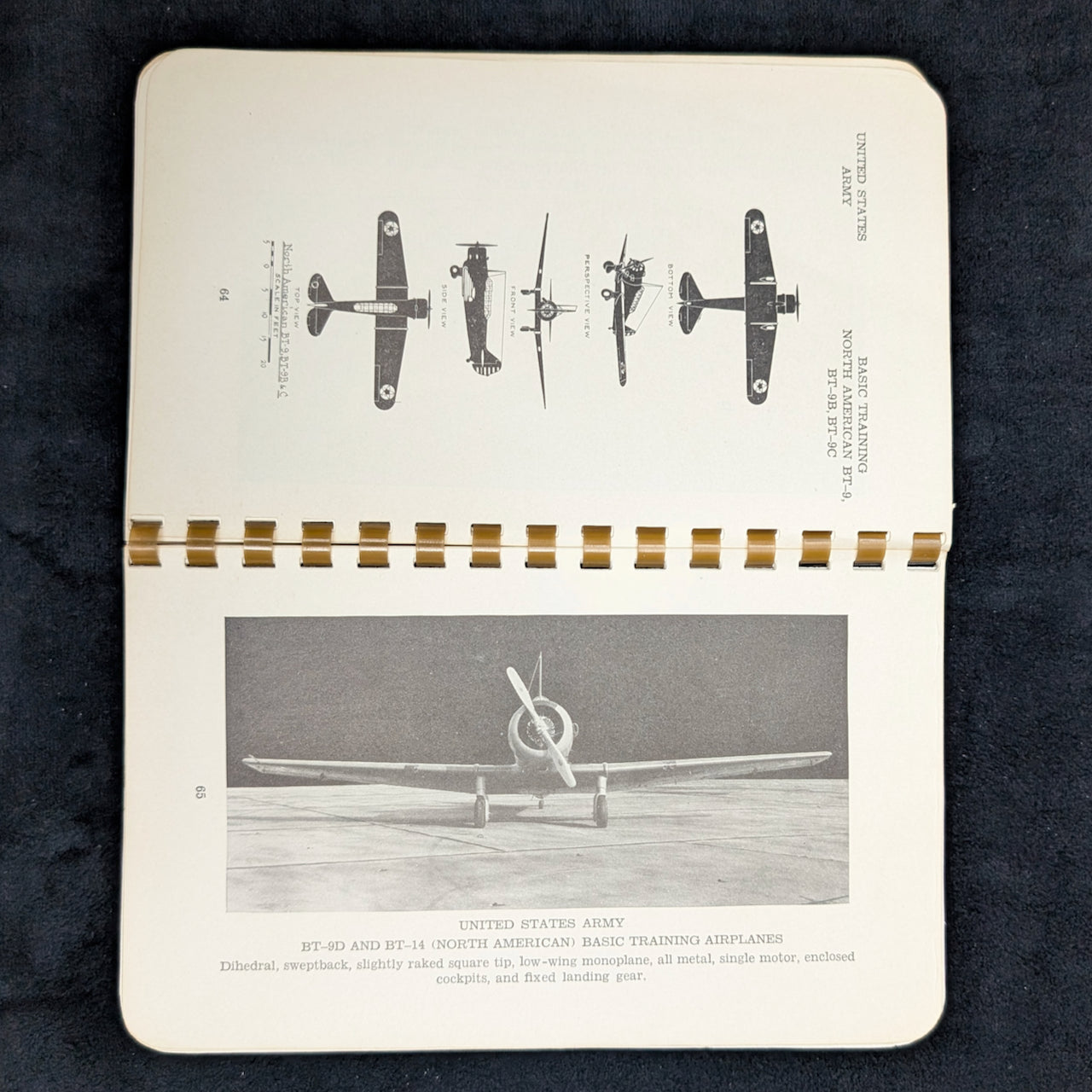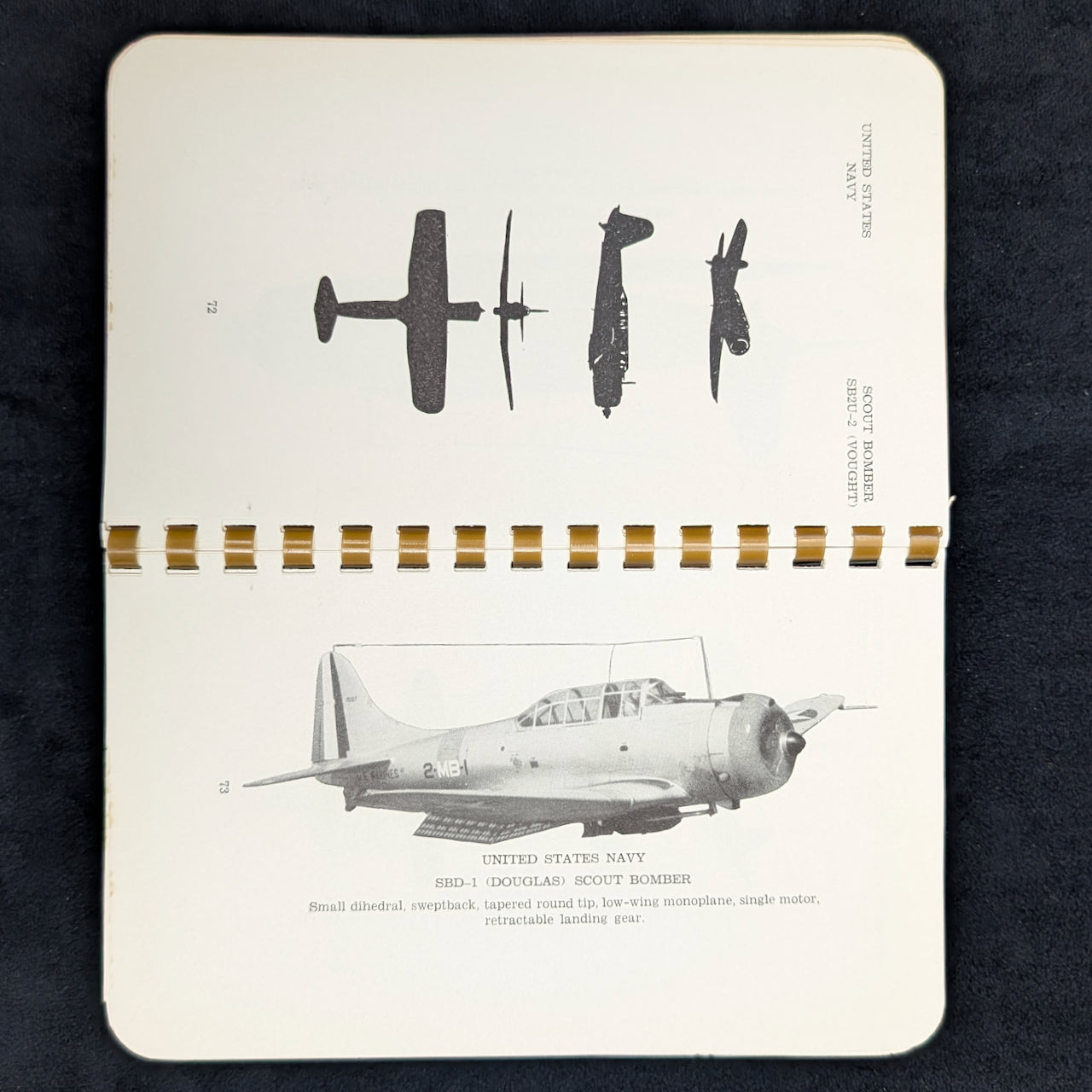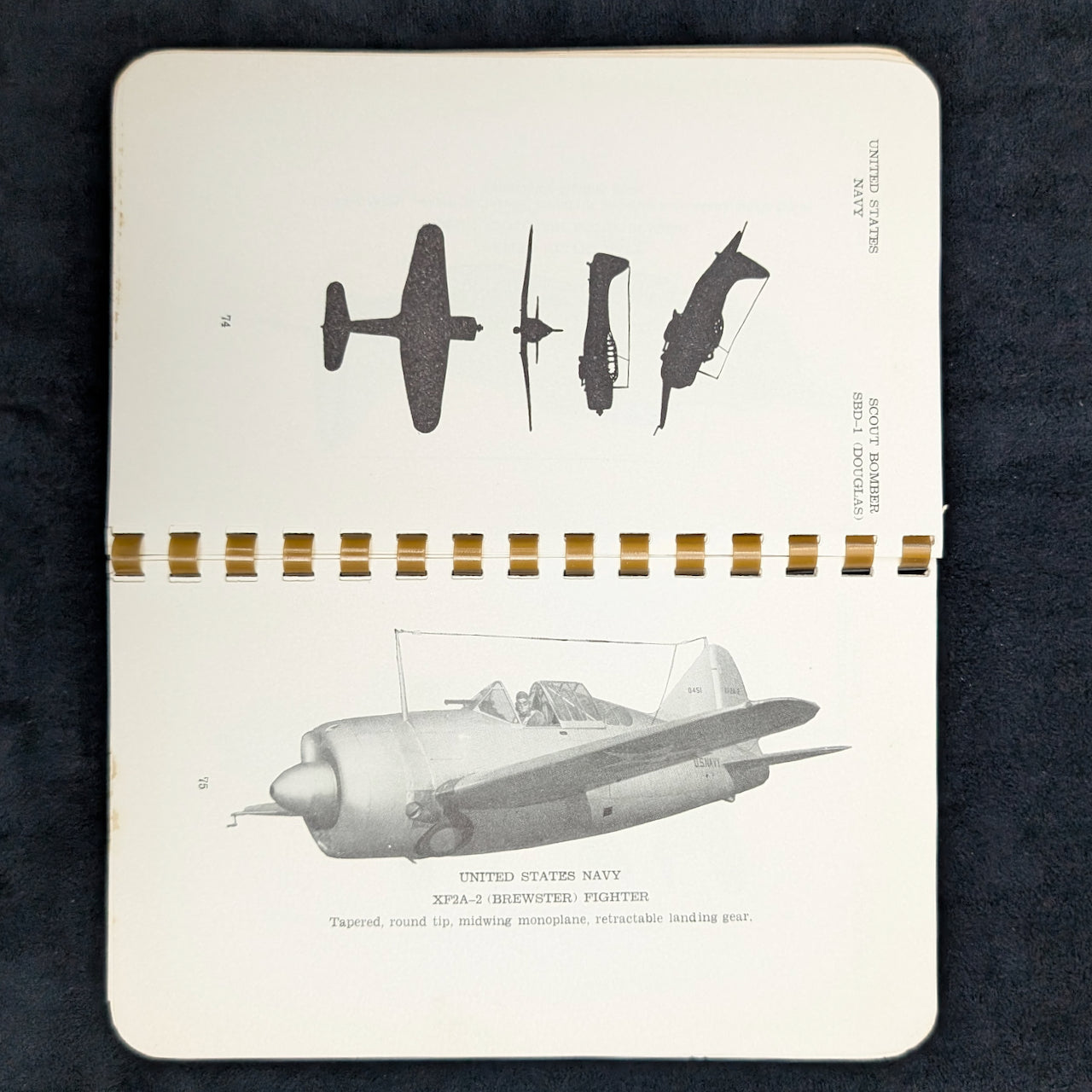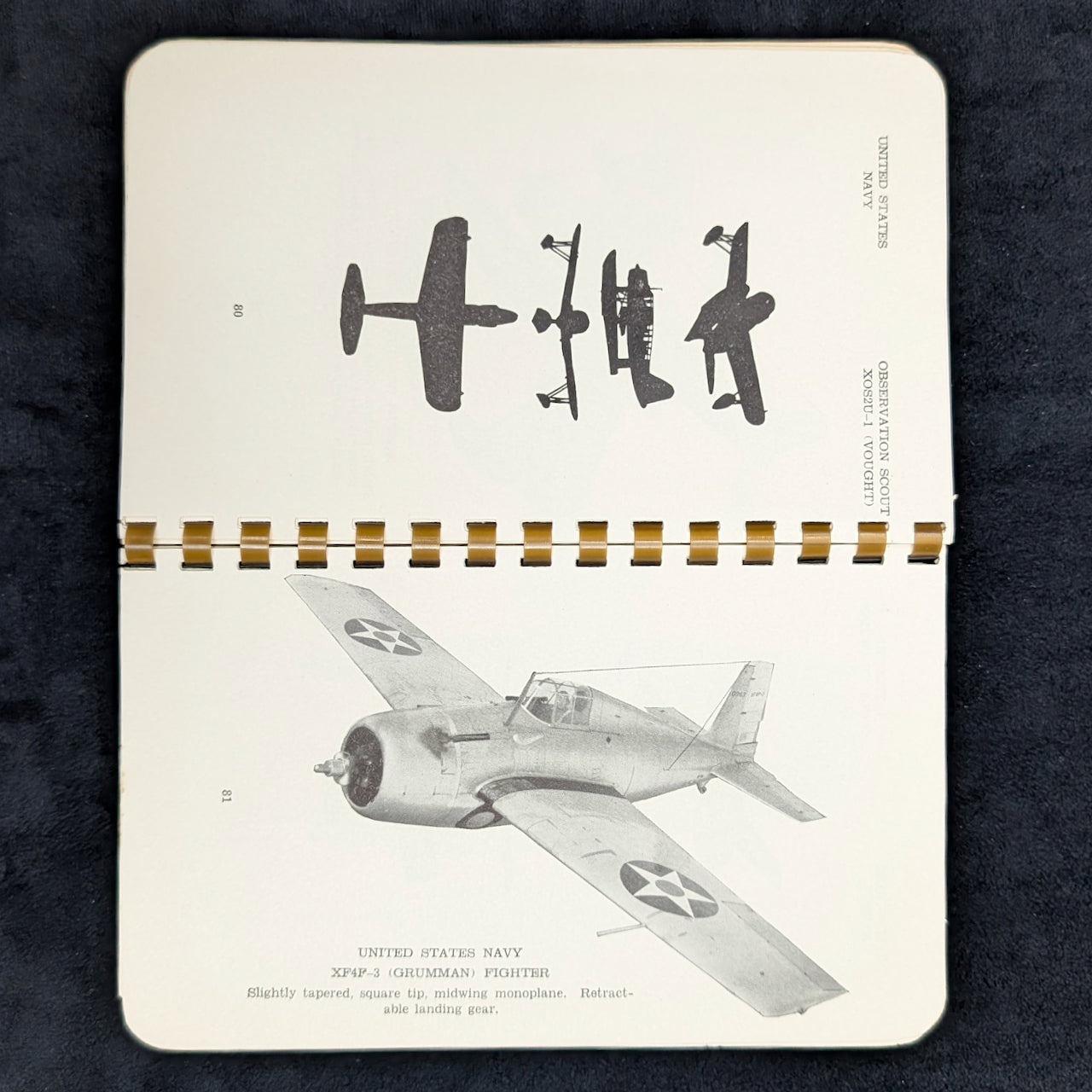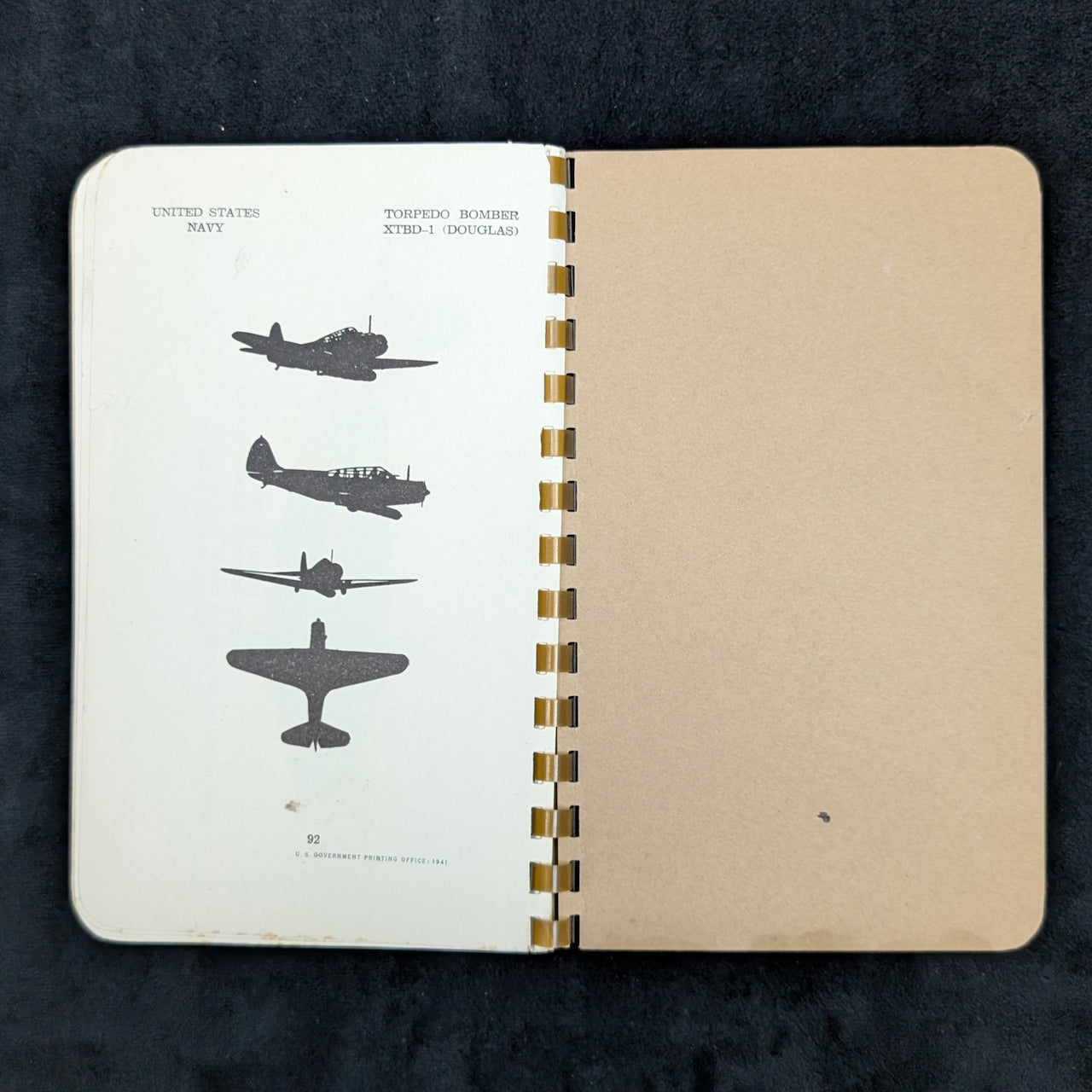
Basic Field Manual, FM 30-30, Identification of U.S. Government Aircraft, 1941
Basic Field Manual, FM 30-30, Identification of U.S. Government Aircraft, 1941
Couldn't load pickup availability
Basic Field Manual, RESTRICTED
FM 30-30
Military Intelligence
Identification of U.S. Government Aircraft
Prepared Under Direction of The Chief Of Staff
United States Of America War Office
United States Government Printing Office
Washington, 1941
The Matter Contained Herein Supersedes TM 2170-35, November 18, 1929.
Changes No. 1
FM 30-30, September 18, 1940, is changed as follows: The following photographs and silhouettes (pages 71 to 92, incl.) are added to FM 30-30. [A.G. 062.11 (12-12-40).] G. C. Marshall, Chief of Staff
"Basic Field Manual, FM 30-30: Military Intelligence - Identification of U.S. Government Aircraft" is a military manual published by the War Department of the United States, designed to provide information and guidance on identifying aircraft belonging to the U.S. government. Published in 1941 and building upon earlier publications (TM 2170-35 from 1929), this "RESTRICTED" document was crucial for military personnel in the field to correctly recognize friendly aircraft, aiding in operational effectiveness and preventing friendly fire incidents. The manual was updated with "Changes No. 1," dated September 18, 1940, which added photographs and silhouettes of aircraft (pages 71-92), demonstrating the importance of keeping the information current as aircraft technology rapidly evolved during this period leading up to World War II.
While the manual itself is attributed to the United States of America War Office (specifically, the War Department), the significant figure mentioned in the provided text is:
-
G. C. Marshall (George Catlett Marshall): As the Chief of Staff of the U.S. Army, G. C. Marshall's signature appears on "Changes No. 1." His achievements are immense and critically important to World War II history:
- Modernizing the U.S. Army: Marshall played a pivotal role in expanding and modernizing the U.S. Army before and during World War II, transforming it from a relatively small force into a powerful fighting machine.
- Strategic Planning: He was a key strategist, involved in planning major Allied operations, including the D-Day landings.
- Leadership and Diplomacy: Marshall's leadership was characterized by his integrity, his ability to work effectively with Allied leaders, and his focus on strategic objectives.
- The Marshall Plan: After the war, he served as Secretary of State and devised the Marshall Plan, a massive economic aid program that helped rebuild Western Europe and prevent the spread of communism.
While he didn't write the manual's text directly, his approval of the changes (as indicated by his signature) signifies his authority and the importance of the document within the Army's operations. The manual reflects the needs of the military during a time of global conflict, and its updates were crucial for the effectiveness of U.S. forces, an area overseen by Marshall.
It's important to remember that military manuals are often collaborative efforts, but the authority behind their issuance rests with high-ranking officers like the Chief of Staff.
Please review each photo carefully for wear and usage. This item came from a local estate sale and was in the previous owner's home office for many years. Send me a message if you have questions or would like additional photos.


